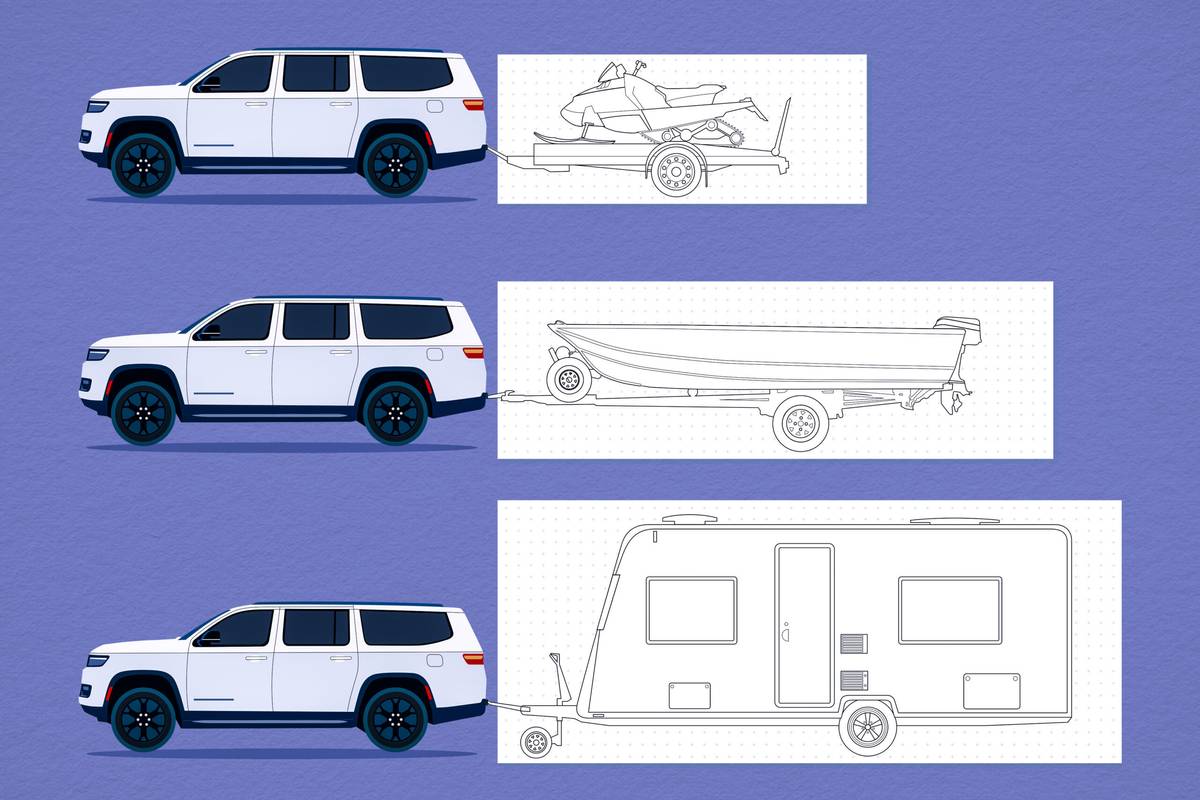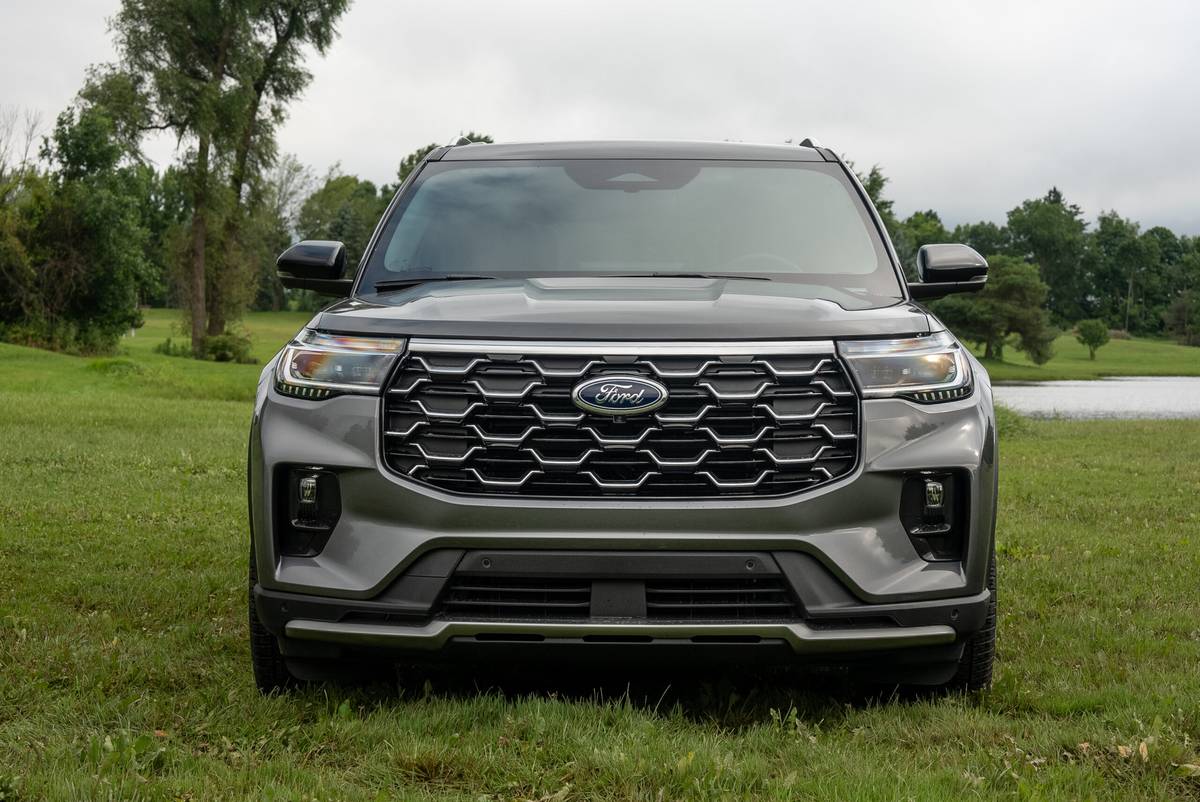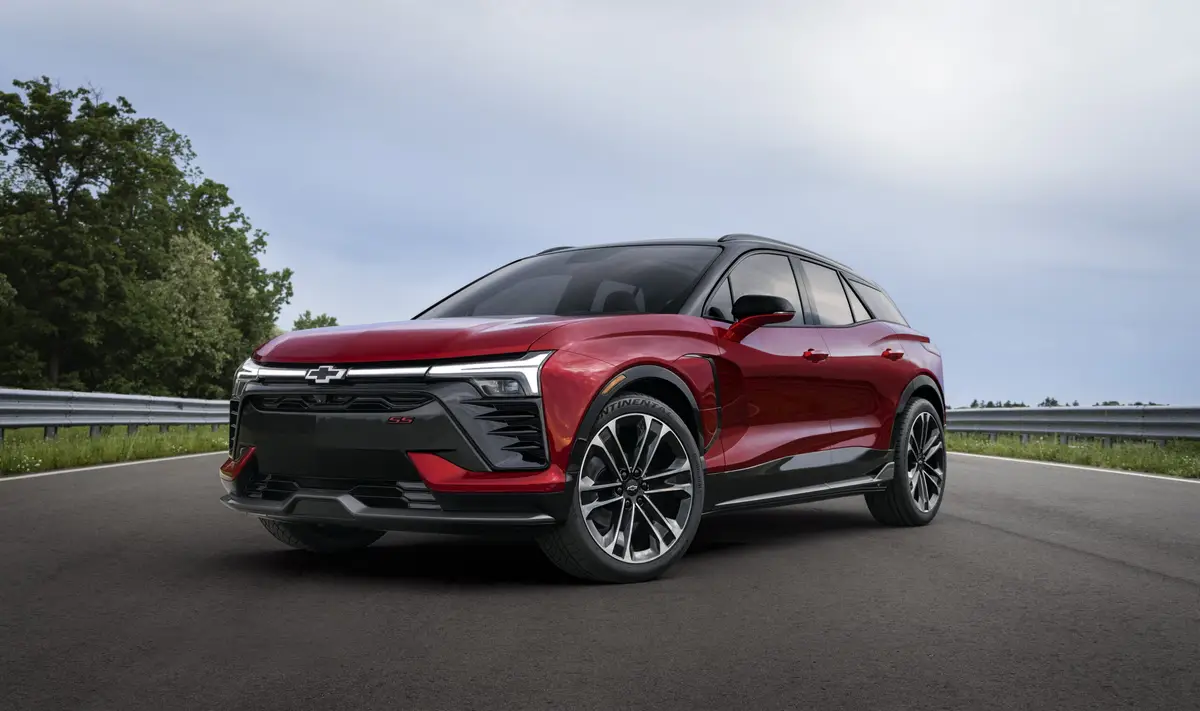2017 Toyota Tacoma TRD Pro Review: First Drive
We recently had the chance to get behind the wheel of the 2017 Toyota Tacoma TRD Pro just outside Austin, Texas. We came away thinking this mid-size pickup stands alone at the top of the hill as one of the best all-around 4x4s sold in the U.S. To check out our video review, click here.
The pickup truck's overhaul for — heavily upgraded chassis, suspension and powertrain, and redesigned interior — meant this popular top-of-the-line off-road trim would change significantly too.
Our first opportunity to put the 2017 TRD Pro through a punishing off-pavement test drive came at the recent Texas Auto Writers Association , where we had the run of the 1,632-acre Longhorn River Ranch and its nasty off-road trails, rutted dirt roads, open fields, steep hill climbs and water crossings.
Why It's Special
The TRD Pro — also offered in the full-size Tundra pickup and 4Runner SUV — is an impressive trim level. The TRD engineers spent a lot of time tuning and choosing the right shock and spring packages; this is at the core of what makes the Tacoma TRD Pro so capable. For 2017, it has bigger, faster-reacting and longer aluminum Fox shocks, each with an internal bypass; however, only the rear shocks have a remote reservoir to better dissipate heat when they're trying to calm a punished rear axle as it blasts through a remote desert wash or over a high-speed road.
Both the front (coils) and rear (leafs) springs are a touch taller than stock to provide more droop and compression for better terrain accommodation. Although the wheels and tires are the same size as the previous TRD Pro (Toyota has upgraded to 265/70R16 Goodyear Wrangler All-Terrain Kevlar-reinforced tires), the wheels have a new offset, giving the pickup a wider track.
The only other significant change to the 2017 Tacoma TRD Pro is the fact that the Crawl Control and Multi-Terrain Select system comes standard on all six-speed-automatic-transmission-equipped models (manual transmission models do not offer Crawl Control or MTS, but do offer a clutch-start delete option).
We've had quite a bit of experience with the Crawl Control, the Toyota-exclusive four-wheel-drive technology, and it is impressive, turning the TRD Sport and TRD Off-Road trim levels on which it is available into impressive traction machines. Think of it as a kind of auto pilot, taking control of both the throttle and brake; all the driver has to do is steer. Combining this computer-controlled, sophisticated and super-smart technology with the go-fast suspension upgrades gives the Tacoma TRD Pro just about the widest bandwidth of strong 4×4 abilities available. With the exception of the 2017 Ford F-150 Raptor, there is no better all-around desert rock-crawling and sand-blasting pickup.
Inside the TRD Pro, things are a little more subdued. All TRD Pros, no matter the exterior color (Super White, Barcelona Red Metallic or Cement) will have black interiors along with TRD Pro logos sewn into the front head restraints and in the floormats. Outside, the pickup will have the same blacked-out front grille with the old-school Toyota name emblazoned across the center. Likewise, the TRD Pro logo graces the exclusive aluminum front skid plate (which offers an oil filter access port), the front doors and the tailgate.
Off-Road Performance
During our time behind the wheel of the TRD Pro in some serious off-road environments, we were especially impressed with the new Fox shocks and how they do a much better job of absorbing slow- and medium-speed ruts and tree-root hits. We spent several hours running from ridge to ridge on this Texas hunting ranch, going up and down dirt-road canyons and navigating some nasty rock-strewn two-track dirt roads. The shocks — a huge improvement over the previous Bilsteins — have much more absorbing power and never once had us feeling like the wheels and tires were taking hits they couldn't handle.
Several sections of a remote trail were muddy and full of deep holes where the extra-thick front skid plate took several harsh strikes from hidden rocks and dirt channels, but the tires did an amazing job of grabbing at the mud and rocks with ease. We did not air down any of the tires during this test drive, but we'd guess they would have been even better at clawing and scraping through the terrain if we had.
When crawling up some steeper hill climbs in four-wheel-drive low range and negotiating a rugged and choppy set of ruts, holes and ledges, we found the flexibility of the TRD Pro suspension to be exceptional. The tires performed quite well on the loose rocks and rutted cutouts of our hill climb. The mid-size truck felt solid in low range with a firm mechanical feel. We also liked how solidly the transmission shifts, offering versatility through the gears with its new selector. Axles, transfer case and transmission all worked happily together to lead the Tacoma crew cab over obstacles we wouldn't try to walk, but the TRD Pro performed as if it had even more performance to spare.
When navigating in low range with the automatic transmission, we really liked the Toyota/Lexus-exclusive Crawl Control and Multi-Terrain Select system. The latter provides several different traction control settings — sand, mud, snow and rocks — to better handle challenging terrains. But the Crawl Control, although impressive, can be tricky to set properly.
Set the CC too low and you can get the truck into a terrible back-and-forth lurching battle between the computer-controlled throttle and computer-controlled braking system. Set it too high and you might approach oncoming obstacles with too much speed. It makes sense to offer the Crawl Control feature in low range, but why on earth only give drivers access to the Multi-Terrain Select system when in low range? This makes no sense because variations in roads do not require you to drop to a crawling speed. We'd guess most people looking for the added benefits of smarter traction-control mapping would likely be running at much higher speeds in all situations; that's certainly the assumption of SUV makers such as Land Rover, Jeep and Ford. This is a big problem we'd like changed quickly in the TRD Pro.
A Few More Issues
As well designed as the TRD Pro is for conquering nasty off-pavement environments, we expect the majority of its life will be spent on paved surfaces. And it's here where the TRD Pro has a few vulnerabilities.
First, the upgraded engine still feels a touch underpowered, with a sizable mid-range flat spot in the torque curve when in normal Drive mode. Thankfully, Toyota does have a useful electronic controlled transmission switch under the steering column that changes the shift mapping, holding gears longer, providing quicker downshifts and making the powertrain feel more responsive. When on pavement, we needed to be in this mode all of the time, and as a result, our fuel economy probably suffered a bit. It's worth noting, during our informal, real-world fuel economy testing of the 2017 Tacoma TRD Pro, it got more than 2.5 mpg better than the last 2015 Tacoma TRD Pro we tested.
Secondly, as much as we liked the Goodyear Wrangler All-Terrain Kevlar tires in off-road situations, we were struck by how loud they were on the pavement. Looking at the treads, you wouldn't think they would be noisy due to the relatively tight rubber blocking. We didn't get the chance to do any empirical sound measurements like we did in our 2016 Midsize Pickup Challenge (where we tested a Tacoma TRD Off-Road with the Goodyear Adventurer tires), but with this new TRD Pro-exclusive tire we did notice a lot more noise entering the cabin. Still, TRD Pro buyers will likely be quite comfortable with the trade-off.
Finally, due to the unique springs for greater ground clearance and to accommodate the more sophisticated Fox shock setup, there is a slight decrease in payload capacity. Yes, the TRD Pro, with all its special features and wheel-and-tire setup, weighs a few hundred pounds more than other TRD trims, meaning that our test truck had a calculated payload of just 980 pounds (calculated by taking the factory gross vehicle weight rating and subtracting the truck's actual weight). Especially with a no-nonsense, purpose-built truck like this, we'd love to see a higher GVWR by at least a few hundred pounds to put it closer to its mid-size competitors.
Sales Volume and Price
As of this writing, Toyota plans to build only 5,000 Tacoma TRD Pros, but we're told that could be "adjusted" depending on how vocal dealerships are. And although we know this is not Toyota's version of the F-150 Raptor, this is a strong indication that Toyota is moving in the right direction, clearly signaling that bigger things could be on the way.
Pricing for the manual transmission Tacoma TRD Pro (without Crawl Control and MTS) will be just less than $42,000, while the automatic (with CC and MTS) will start just less than $44,000 (price estimates include destination).
Cars.com photos by Mark Williams

Featured stories



